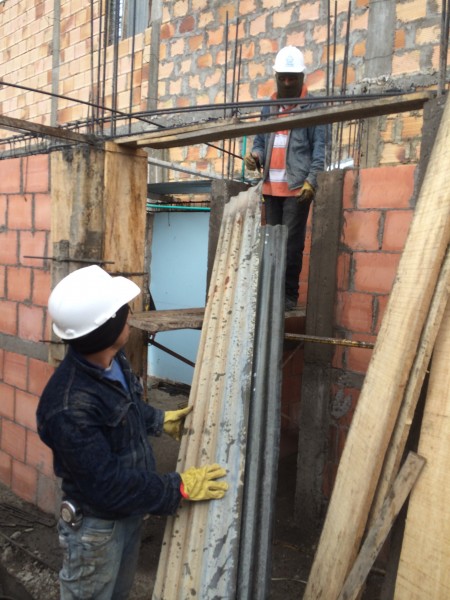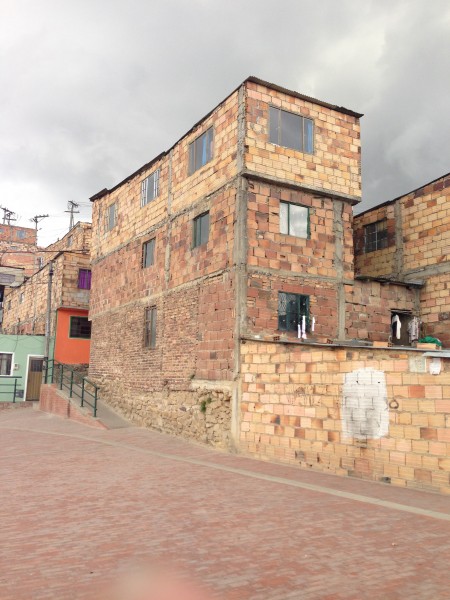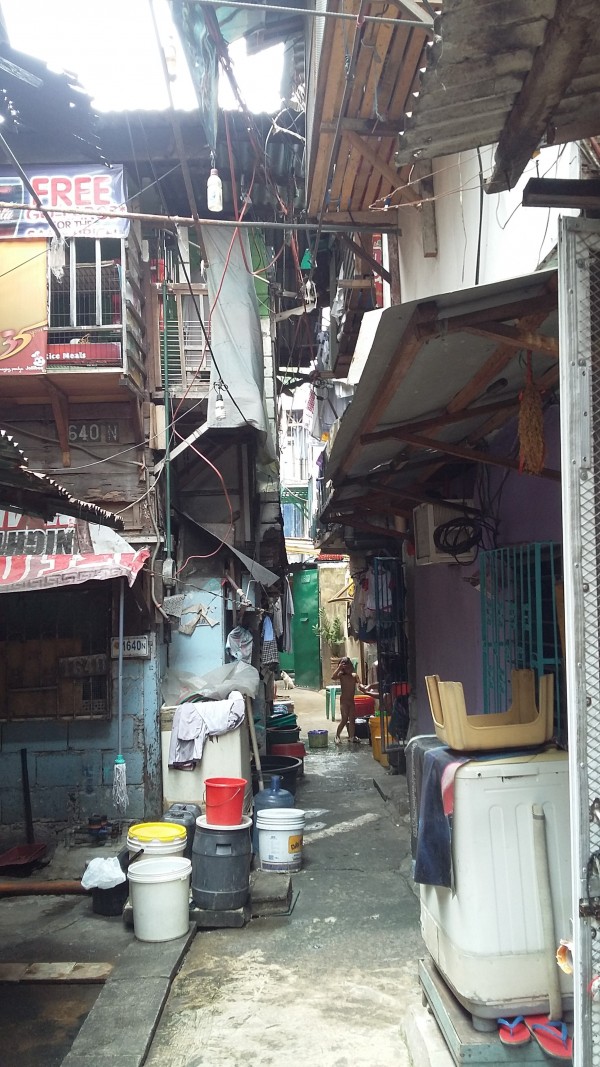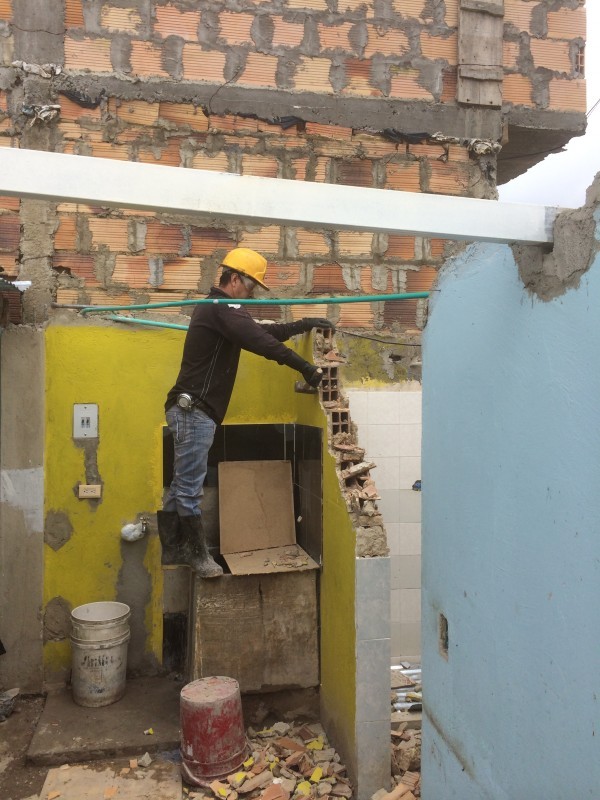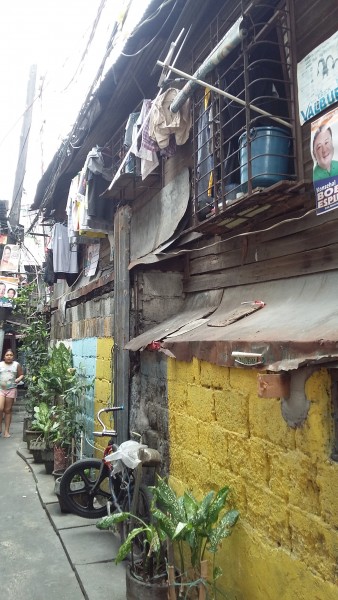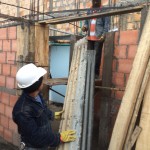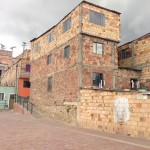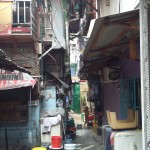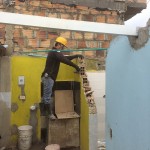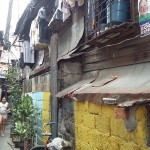July 26, 2016
Build Change is building resilience before the next disaster in order to save lives and mitigate other impacts on people and their livelihoods. The Build Change team understands it’s not just about rebuilding homes and schools after a disaster; it’s about building and creating communities that can withstand future disasters.
Build Change does this in a variety of ways, one of which is retrofitting; the process of repairing and strengthening damaged or unsafe buildings. A retrofitted building meets disaster-resistant engineering standards and will protect families and students from future natural disasters without the cost or time of rebuilding from the ground up, or the stress of rebuilding after a disaster.
What causes substandard housing?
Substandard housing can be a result of many factors, including: poor-quality building materials, lack of knowledge of disaster-resistant building techniques on behalf of the builders, untrained builders (many homeowners build their homes independently of engineers or trained professionals), and lack of oversight or building code enforcement from government officials or professional engineers.
Why does Build Change retrofit?
Retrofitting is less expensive than new construction and much less expensive than reconstruction after a disaster, as the accompanying costs of emergency aid and temporary housing can add to the financial burden. This is not to mention the tragic loss of life, livelihood, or other losses associated with building collapse.
Build Change doesn’t just stop at aiding in the reconstruction of disaster-struck cities; they are also raising awareness among homeowners about the danger of substandard buildings in areas at risk of future disaster. This includes arming homeowners with the knowledge of the importance of retrofitting, how to retrofit, and how to choose proper materials. Build Change also trains builders, local engineers, and government officials in disaster-resistant building techniques and how to design, build, and implement them.
By connecting homeowners with trained builders, quality building supplies, and any subsidies available entire communities participate in retrofitting and can continue utilizing this knowledge in the future long after Build Change leaves.
The Build Change team is sharing their knowledge of retrofitting in several countries, including Colombia, the Philippines, Haiti, and Nepal.
The team’s knowledge of building disaster resilient housing and schools continues to grow and gain traction. Alongside training homeowners and government officials, Build Change works with local private-sector businesses and construction professionals to ensure their services are up to the standards of the national country construction codes. This means that all of the materials they produce, buildings they build, and blocks they lay are safe and disaster-resistant. By working with private sector businesses, Build Change is promoting long-term resilience through job creation, safe building materials, and safe building techniques.


